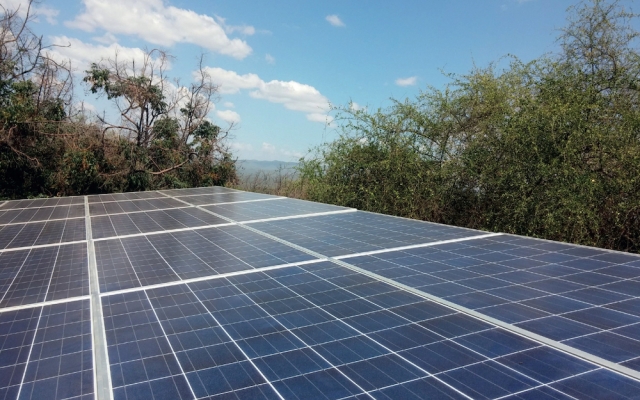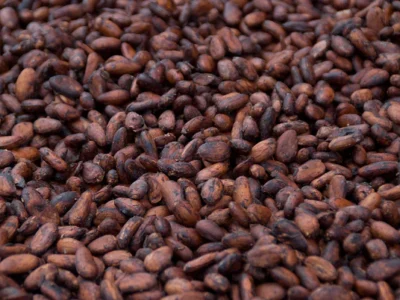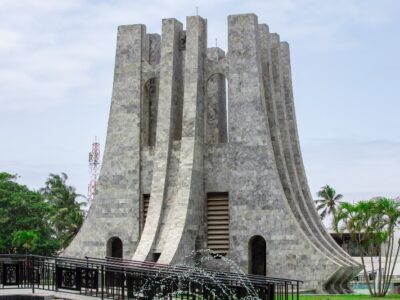In 2019, Ghana’s electricity sector was much in the news aft er the Electricity Company of Ghana (ECG) transferred its distribution activities to Power Distribution Services, Ghana Ltd (PDS). PDS is a new company established and legally registered by a Consortium of Ghanaian partners and Manila Electric Company (Meralco), the Filipino company that won the bid after the international tender. PDS thus took responsibility for operating, managing and investing in the distribution network, including selling energy and collecting sales revenues. The agreement came with a list of pre-requisites to be met before the transfer date on March 1, 2019.
However, PDS failed to meet the conditions, more specifically failing to provide demand guarantees for the lease payment and bulk supply of energy. An elaborate series of events ensued, involving forged signatures. In August, the Energy Commission transferred the management and operations of electricity sales back to ECG while PDS retained the electricity distribution licence, both companies agreeing on interim operational modalities to avoid disruptions in power supply.
Over the past 10 years, Ghana has made significant investments in its power generating infrastructure to meet growing and partly unmet demand for commercial, domestic and industrial power. Having historically faced power shortages, which contributed to the cost of doing business and represented a major challenge in the Ghanaian economy, the country adopted a series of measures aiming at attaining universal access to electricity by 2030, a goal set in the United Nations’ Sustainable Development Goals.
The goal was to increase dependable generation capacity to 5,000MW by 2020, from 4674MW in 2017 and 1730MW in 2006. The peak load was 2,433MW in 2018.
At the end of 2018, National Electricity Access had reached 84.32%, with 93% in urban centres and 71% in rural areas. This high access rate is second only to South Africa in Sub-Saharan Africa, according to World Bank data.
Hydroelectricity was historically the primary source of power generation in Ghana. However, the lack of rainfall on the Volta Lake and lower water levels led to reduced power generation capacity at Ghana’s hydro plants at Akosombo, Kpong and, more recently, Bui. This in turn led to power outages in the past. In 2018, less than one-half of the total hydro capacity was available for use due to adverse climate conditions.
In 2017, Ghana generated approximately two-thirds of its power from thermal power generation plants, which are fuelled by gas, light crude oil (‘LCO’), heavy fuel oil (‘HFO’), diesel or distillate fuel oil (‘DFO’) and are more expensive than hydro generation. Th is increased Ghana’s dependence upon oil imports – and its vulnerability to oil price hikes – until the country shift ed to more gas-powered plants as local gas production increased in the Jubilee, TEN and Sankofa-Gye Nyame fields.
AT THE END OF 2018, NATIONAL ELECTRICITY ACCESS HAD REACHED 84.32%, WITH 93% IN URBAN CENTRES AND 71% IN RURAL AREAS.
According to the Ministry of Energy’s 2019 Electricity Supply Plan, hydro supply should represent 33% of the total energy supply in 2019 against 66.9% for thermal power. However, hydro sources contributed 47.1% of the total electricity supplied in March 2019 with thermal accounting for 51.9%. In May 2019, hydro sources contributed 41.8% against 58.1% coming from thermal power plants, as published in the Ministry of Energy monthly bulletins.
Transmission and distribution losses, which reached 4.4% and 25% respectively in 2018, are another challenge faced by the sector. The government also plans to start building its first nuclear power plant within the next ten years. Government projections show the plant’s first unit being operational in 2027 and the second unit being operational in 2030. The plant’s full capacity should reach 2,000MW.
The participation of the private sector has been significant in the energy sector reforms implemented over the last few years. Ghana was one of the first countries in Sub-Saharan Africa to unbundle its power sector and attract private investment through independent power producers (IPPs), though all utilities are state-owned. To reduce electricity shortages, the government fast-tracked private power plants, which led to excess generating capacity and high costs.
When the Akosombo and Kpong dams failed to produce sufficient electricity due to low water levels and erratic gas supply from the West African Gas Pipeline (WAGP), the government contracted three emergency power producers (EPPs) without a competitive process between 2014 and 2017.
In addition, also through a non-competitive process, ECG signed 43 power purchase agreements (PPAs). However, demand growth decreased thereafter due to tariff increases and slower economic growth.
The new government that took office in January 2017 announced an Energy Sector Reform Program aiming to review the PPAs and rationalise the projects that had not yet broken ground, as outlined in a World Bank report. According to Ghana’s Minister of Finance, Ken Ofori-Atta, the take-or-pay contracts signed to increase production are costing Ghana over US$500 million per year for electricity it does not consume. While peak demand is around 2,700MW, installed power generation capacity is now at 5,083MW, of which dependable capacity is at 4,593MW.

Renewable Energy Masterplan
In 2019, Ghana launched the Renewable Energy Masterplan (REMP), which will run through to 2030. The REMP is a $5.6 billion investment plan, with more than 80% coming from the private sector.
In 2019, renewables should represent 0.1% of total energy supply, according to Ghana’s Ministry of Energy. The REMP aims to increase the part of renewable energy in the national energy generation mix from 42.5MW in 2015 to 1363.63MW by 2030. It also aims to reduce the dependence on biomass as main fuel for thermal energy applications, to provide renewable energy-based decentralised electrification options in 1,000 off-grid communities and to promote local content and local participation in the renewable energy industry.
Rural areas have only a 60% access to electricity, against 85% for urban centres. This is due to income disparities and geographical distances. With the support of the World Bank and other development partners, Ghana is developing off-grid solutions, namely solar panels and biomass, and mini-grid pilot programmes to bridge the gap.
Ghana has about 2,000MW of raw potential for wind energy. Projections show that wind farms with a 300MW capacity could be established on the coast to generate over 500GWh to supplement the nation’s energy supply.
BY 2030, THE REMP AIMS TO INCREASE THE PROPORTION OF RENEWABLE ENERGY IN THE NATIONAL ENERGY GENERATION MIX FROM 42.5MW TO 1363.63MW.
Investment opportunities
The government of Ghana, through the Ministry of Energy, encourages public private sector partnership to re-capitalise the energy supply system. This includes the creation of a viable local industry to produce components and systems and to meet future spare-part demand.
GIPC details the following opportunities.
Service providers:
- Energy audits & energy managementstrategies
- Power factor correction
- Electrical load management
- Boiler effi ciency/heat recovery
- Monitoring and targeting energy management
- Tariff analysis
- Refrigeration and air-conditioning systems
- Compressed air systems
- Kilns and furnaces
- Fuel substitution
Equipment suppliers for:
- Energy-monitoring equipment.
- An alternative decentralised sustainable energy system that can easily be deployed in remote and deprived communities.
- Solar vaccine fridges for child immunisation projects in remote and off -grid areas.
- Solar energy systems for schools in off-grid communities.
- New, higher-quality and cost-competitive energy services for the poor, for cooking, transport, water heating and other home appliances.
Demand sector suppliers for:
- Decentralised renewable energy to complement rural electrification.
- Solar water heaters for hotels, restaurants and institutional kitchens.
- Increased LPG.
- Improved effi ciency cook-stoves.
- Biogas for cooking in hotels, restaurants and institutional kitchens.
- Modern energy to increase agricultural production, to help achieve the nation’s food supply security objectives.
- Substitution of diesel with bio-diesel in agricultural mechanisation.
- Solar dryers for exportable farm produce such as pepper.
- Grid electricity and mechanical wind pumps to replace diesel for irrigation.
- Biogas production from bird droppings for 10% of large-scale poultry farmers’electricity needs.
Investment incentives
Incentives include tax reductions and customs duty exemption for plant, machinery and equipment imported for investment purposes, particularly for renewable energy manufacturing and assembling firms.














Comments